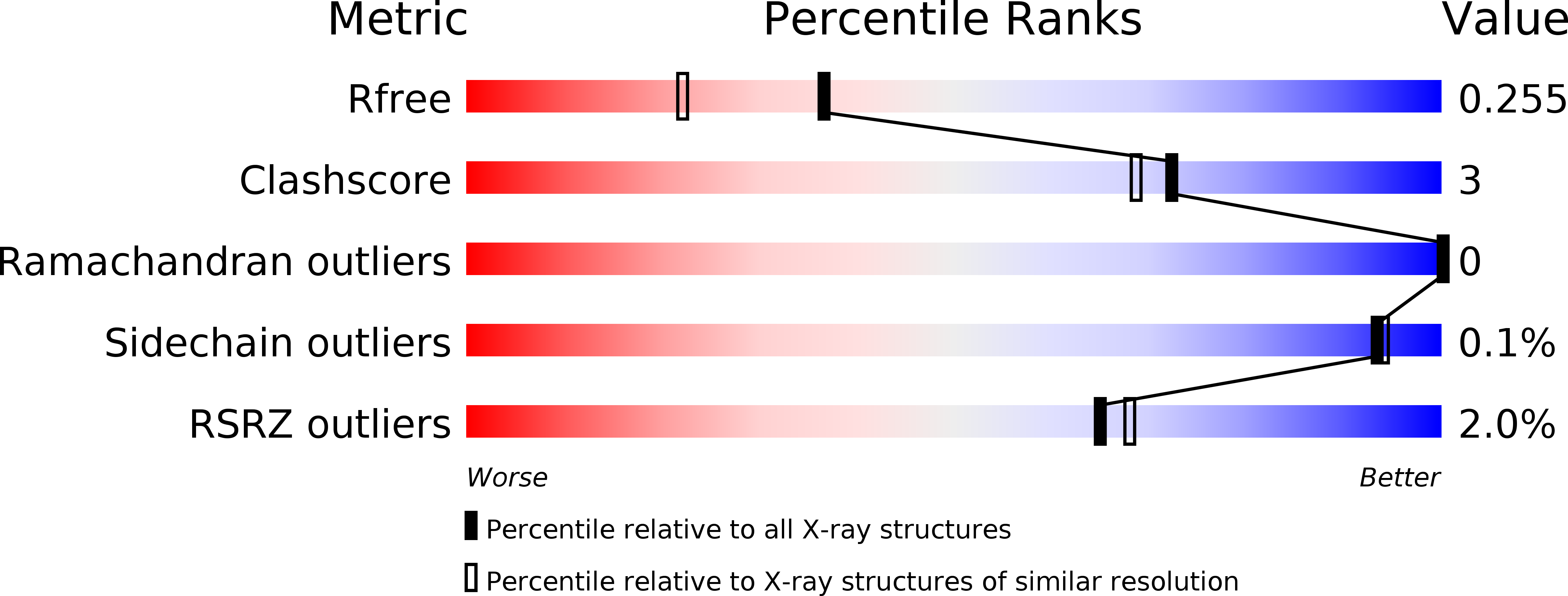
Deposition Date
2017-01-24
Release Date
2017-05-17
Last Version Date
2024-03-06
Entry Detail
PDB ID:
5ULJ
Keywords:
Title:
Crystal structure of Scheffersomyces stipitis Rai1 in complex with (3'-NADP)+ and calcium ion
Biological Source:
Source Organism:
Method Details:
Experimental Method:
Resolution:
1.91 Å
R-Value Free:
0.25
R-Value Work:
0.20
R-Value Observed:
0.20
Space Group:
P 1 21 1


